No products in the cart.
Great news! The Canada Post strike is over! We’re resuming deliveries to Canada!
Excellente nouvelle ! La grève de Postes Canada est terminée ! Nous reprenons les livraisons vers le Canada !
Great news! The Canada Post strike is over! We’re resuming deliveries to Canada!
Excellente nouvelle ! La grève de Postes Canada est terminée ! Nous reprenons les livraisons vers le Canada !

Glutargin tablets 0.75 g 30 pcs.
$20.69
Free Worldwide Shipping
Estimated delivery:
14 - 21 days
Categories: Gastrointestinal tract and liver
Brand: Zdorovye
Glutargin with arginine and glutamic acid supports ammonia detox, nerve function, and protects the liver with antioxidant effects.
Glutargin consists of two active salts – arginine and glutamic acid. They play a major role in ensuring important biochemical processes of neutralization and excretion of the toxic metabolite – ammonia from the body. Glutamic acid promotes the transmission of nerve impulses in synapses, has an excitatory effect on the central nervous system, so the drug is used for neurotoxicosis. Glutargin exhibits hepatoprotective effects due to antioxidant, antihypoxic and membrane-stabilizing properties, has a positive effect on energy supply in hepatocytes.
Garazone is actively used in alcohol intoxication, as it stimulates the utilization of alcohol in the monooxygenase system of the liver, prevents the inhibition of alcohol dehydrogenase; accelerates the inactivation and elimination of toxic products of ethanol metabolism.
Arginine improves blood circulation by eliminating capillary spasm and, together with glutamate, is a neurotransmitter. Arginine also helps reduce insulin resistance during pregnancy and stimulates metabolic processes in the placenta.
Indication
Glutargin is prescribed for the following diseases:
- in the complex therapy of acute and chronic hepatitis;
- cirrhosis;
- hepatic encephalopathy;
- leptospirosis;
- hepatic coma;
- poisoning with drugs and chemicals;
- alcohol poisoning;
- hangover syndrome;
- prevention of alcohol intoxication;
- Pathologies of the hepatobiliary system in late-term pregnant women.
Method of application
Usually, glutargin in tablet form is prescribed in a dose of 0.25 g 3 times a day, or a single dose of 0.75 g regardless of meals. In more severe cases, the dose can be increased to 8 g per day. The duration of treatment is from 2 to 3 weeks.
Intravenously drip glutargin is used in severe cases (vomiting, impaired consciousness) with hepatitis, alcohol poisoning or late gestosis of pregnant women at a dose of 10 ml per 150-200 ml of 0.9% sodium chloride solution or 5% glucose. With intramuscular administration, the standard dose is 5 ml 2 times a day.
Overdose
In case of overdose, the following symptoms may occur: discomfort in the stomach area, nausea, chest pain, insomnia, and low blood pressure.
Treatment: symptomatic therapy, taking antihistamines, in severe cases – intravenous administration of glucocorticosteroids.
Contraindication
- hypersensitivity to the components of the drug.
- increased excitability.
- fever.
- impaired kidney filtration function.
- age up to 18 years.
Application features
Glutargin solution should not be mixed with other medicinal solutions, except those recommended.
It should be prescribed with great caution to patients with cancer, as glutamate reduces the effect of anticancer drugs, especially vinblastine.
Glutargin may increase the secretion of insulin and growth hormone in patients with endocrine system disorders; this should be taken into account when prescribing the drug.
Composition
The active ingredient of the drug is arginine glutamate.
Storage conditions
Store in the original packaging at a temperature not exceeding 25 °C, out of the reach of children.
Be the first to review “Glutargin tablets 0.75 g 30 pcs.” Cancel reply
You may also like


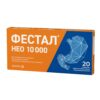
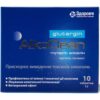
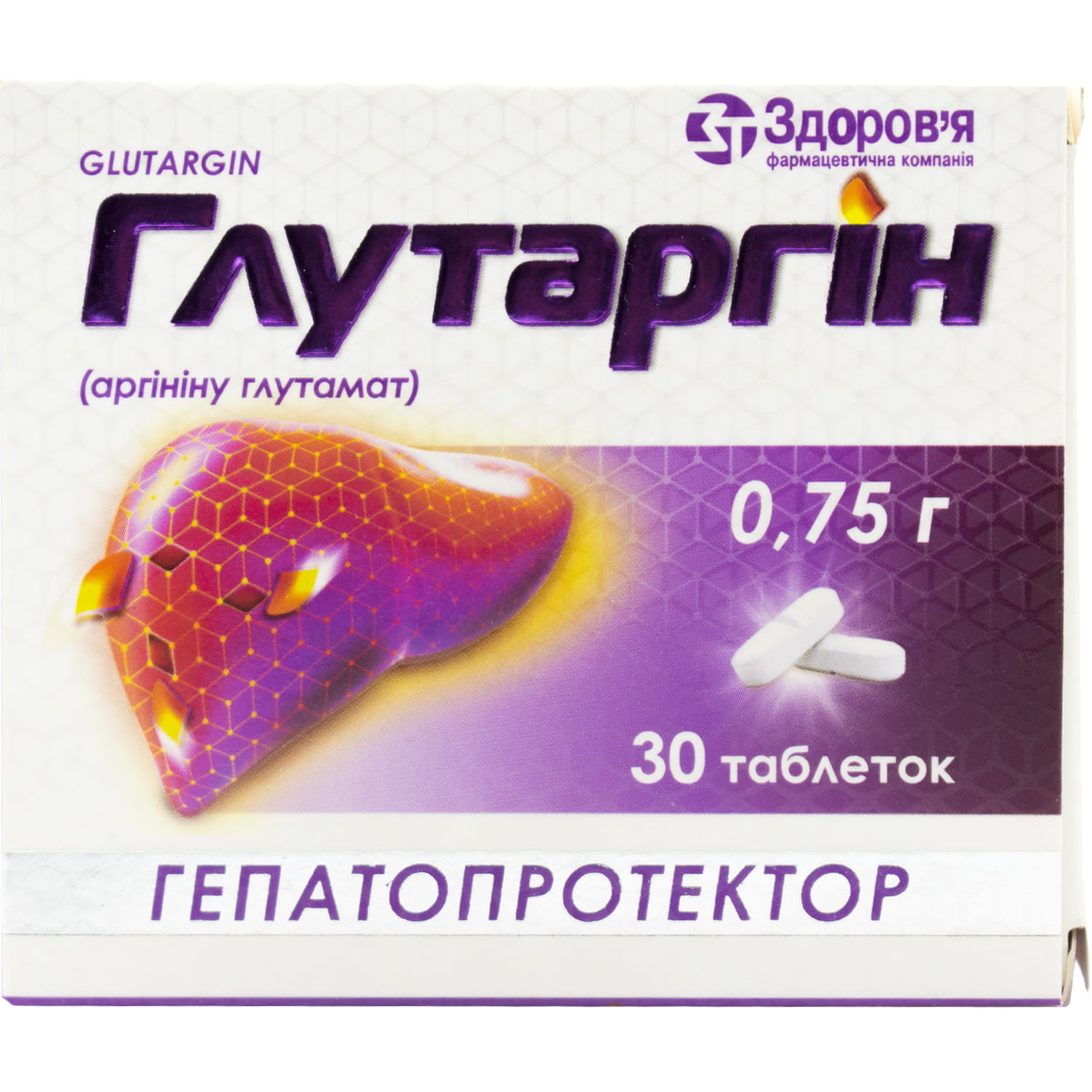
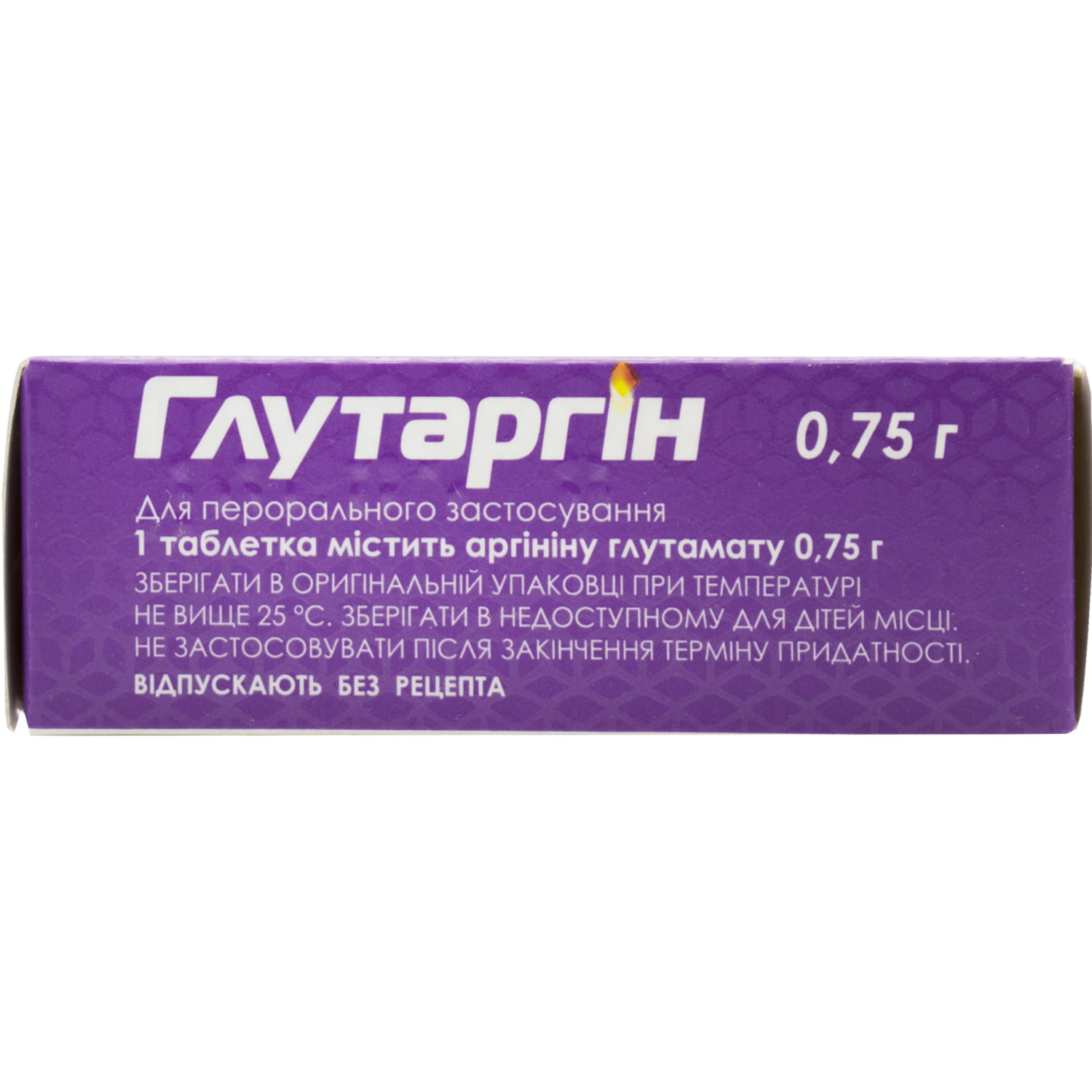
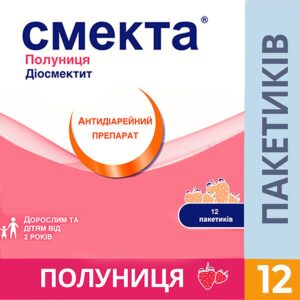
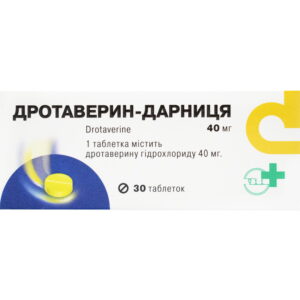
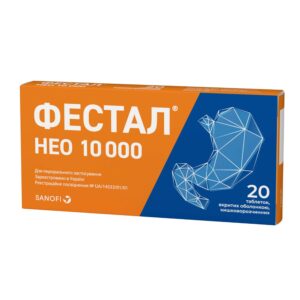
Reviews
There are no reviews yet.